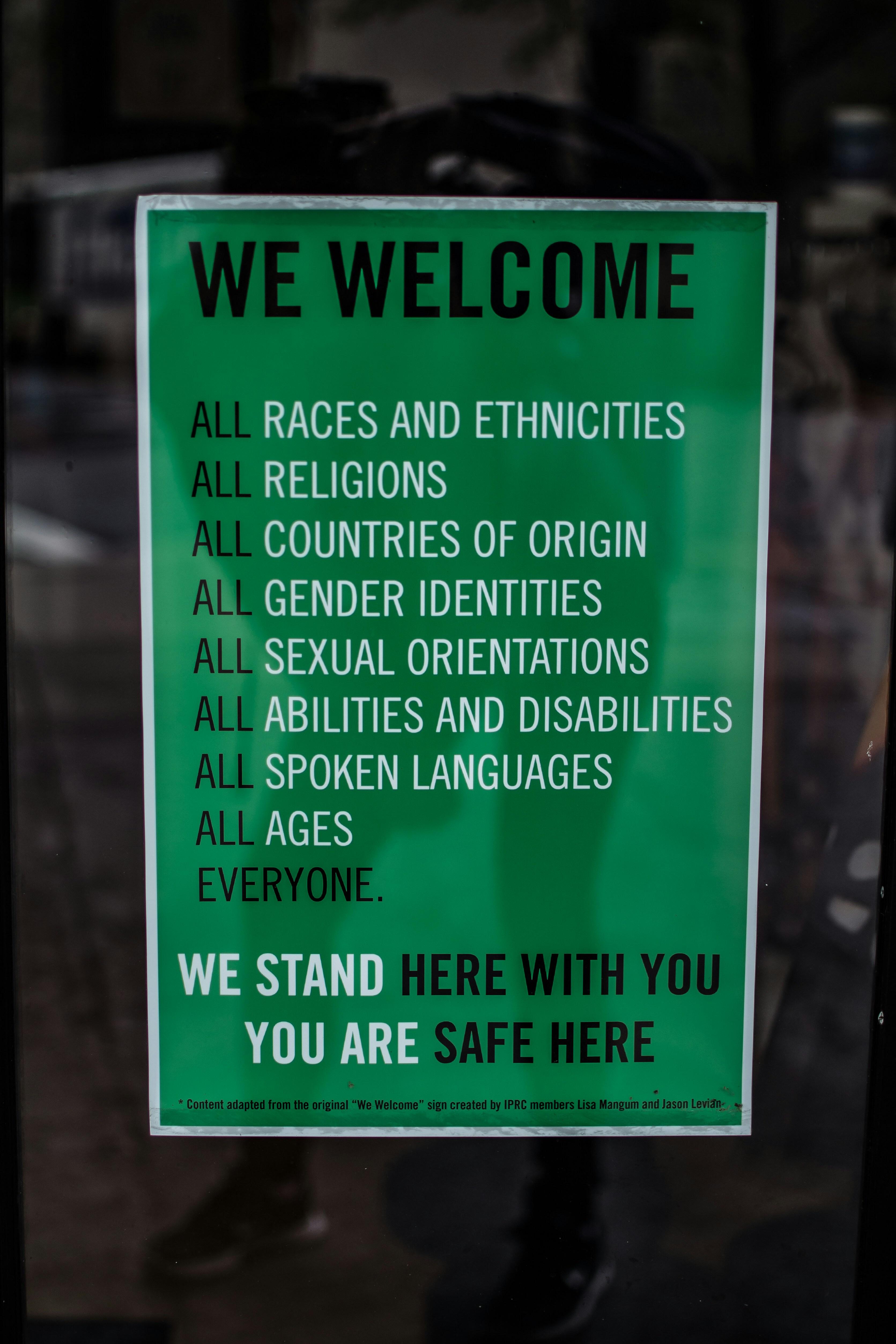The Oscars, Hollywood’s most prestigious awards ceremony, has long been a symbol of cinematic excellence, yet it has not been immune to criticism, particularly regarding its lack of diversity. Over the past decade, the Academy of Motion Picture Arts and Sciences has faced mounting pressure to address the underrepresentation of minority groups within its nominations and winners. This scrutiny intensified with the emergence of movements such as #OscarsSoWhite, prompting the Academy to implement several initiatives aimed at fostering inclusivity. As we analyze the evolution of diversity at the Oscars, a critical question arises: are these efforts indicative of a genuine commitment to change, or are they merely strategic public relations maneuvers designed to placate critics? This article delves into the history, policies, and outcomes of the Academy’s diversity initiatives, examining their impact on the film industry and assessing whether they signify a substantive shift or a superficial response to societal pressures.
Impact of Recent Diversity Initiatives on Oscar Nominations
The landscape of Oscar nominations has undeniably shifted in recent years, driven by a series of diversity initiatives aimed at addressing historical imbalances. These efforts have resulted in more inclusive representation, with an increase in nominations for films featuring diverse casts and crew members. This change is largely attributed to the Academy of Motion Picture Arts and Sciences’ strategic actions, such as expanding its membership to include a broader range of voices from underrepresented groups.
- Increased visibility of minority-led films and filmmakers
- Broader narrative scope reflecting a variety of cultural experiences
- Enhanced global appeal through international storytelling
Despite these positive strides, skepticism remains about whether these changes are truly transformative or merely cosmetic. Critics argue that while the numbers have improved, the underlying power structures within the industry have yet to see a significant overhaul. The question persists: is this a genuine shift towards equity, or is it a calculated effort to align with contemporary social expectations? The coming years will be crucial in determining if these initiatives lead to sustainable change or if they will fade once public scrutiny diminishes.

Analyzing Historical Trends in Oscar Demographics
The Academy Awards, long perceived as a reflection of the film industry’s highest standards, have faced scrutiny over the years for their lack of diversity. By analyzing the historical trends in Oscar demographics, we uncover patterns that speak volumes about the industry’s evolving landscape. In the early years, the Oscars were predominantly dominated by white male nominees and winners, with scant representation from other ethnicities and genders. This trend continued for decades, with only sporadic recognition of minority talent. However, recent years have shown a marked increase in diversity, with a more inclusive pool of nominees and winners, prompting discussions on whether this shift is a genuine evolution or a strategic public relations maneuver.
- Gender Representation: While the gender gap remains, there has been a noticeable increase in female nominees across various categories.
- Ethnic Diversity: The presence of nominees from diverse ethnic backgrounds has seen a significant rise, particularly in the acting categories.
- International Films: Non-English language films are gaining more recognition, pointing to a broader acceptance of global cinema.
These changes, while promising, invite skepticism about their authenticity. Is the Academy genuinely committed to inclusivity, or is it simply responding to external pressures for a more diverse representation? The answer may lie in future patterns, as sustained efforts and consistent representation will reveal the true nature of this transformation.

Evaluating the Authenticity of Diversity Efforts in the Film Industry
The Academy Awards have increasingly highlighted their commitment to diversity, but how authentic are these efforts? On the surface, the introduction of inclusion standards and a wider range of nominees seem to signal a significant shift. However, it’s crucial to look beyond the surface to assess whether these measures are more than just a response to public pressure. Critics argue that real change requires a comprehensive approach, including:
- Systemic Changes: Genuine diversity necessitates re-evaluating the structures within the industry that perpetuate inequality, rather than merely showcasing a more varied set of faces during award season.
- Consistent Representation: A true commitment involves year-round, consistent opportunities for underrepresented groups across all facets of film production, from direction to screenwriting.
- Impactful Narratives: Diversity should also reflect in the stories being told, ensuring that they resonate with authenticity and depth rather than tokenism.
While progress is visible, the question remains whether these initiatives are a transformative force or merely a strategic move to placate critics. It is essential for the industry to continue pushing boundaries, evaluating not just their public-facing actions but also their internal policies and culture to ensure that diversity is an embedded value rather than a temporary trend.

Recommendations for Sustaining Genuine Diversity in Award Recognitions
- Inclusive Selection Committees: Ensuring diversity within award selection committees is crucial. These bodies should reflect a wide array of backgrounds and perspectives to effectively recognize diverse talent. This means going beyond token representation and striving for a balance that genuinely mirrors society’s multifaceted nature.
- Transparent Criteria and Processes: Establishing clear, accessible, and transparent criteria for nominations and awards can help mitigate biases. By openly communicating the metrics and considerations that guide decision-making, organizations can foster trust and accountability, while also encouraging a broader range of entries.
- Continuous Feedback and Adaptation: Regularly soliciting feedback from past nominees, winners, and the wider public can provide valuable insights into the effectiveness of diversity initiatives. Award bodies should be willing to adapt and evolve their strategies in response to constructive criticism, ensuring ongoing relevance and fairness.
- Celebrating a Variety of Narratives: It’s essential to recognize and celebrate diverse stories that reflect the complexity of the human experience. Awards should spotlight not just mainstream or commercially successful works but also those that push boundaries and offer unique perspectives.
By integrating these recommendations, award institutions can move towards a more authentic embrace of diversity, ensuring that recognitions are not just a superficial gesture but a genuine celebration of varied talents and narratives.
Wrapping Up
the question of whether diversity at the Oscars represents a genuine shift or merely a strategic public relations move remains complex and multifaceted. While there have been notable strides towards inclusivity, with increased representation across various categories, the underlying motivations and long-term sustainability of these changes warrant further scrutiny. As the film industry continues to evolve, it is crucial to maintain a critical perspective, examining both the achievements and the areas that still require progress. Ultimately, the true measure of change will be reflected not just in the accolades themselves but in the broader cultural landscape that they influence. As stakeholders within the industry and audiences alike, ongoing dialogue and active engagement will be essential in ensuring that diversity at the Oscars is more than just a fleeting trend, but a lasting and meaningful transformation.
